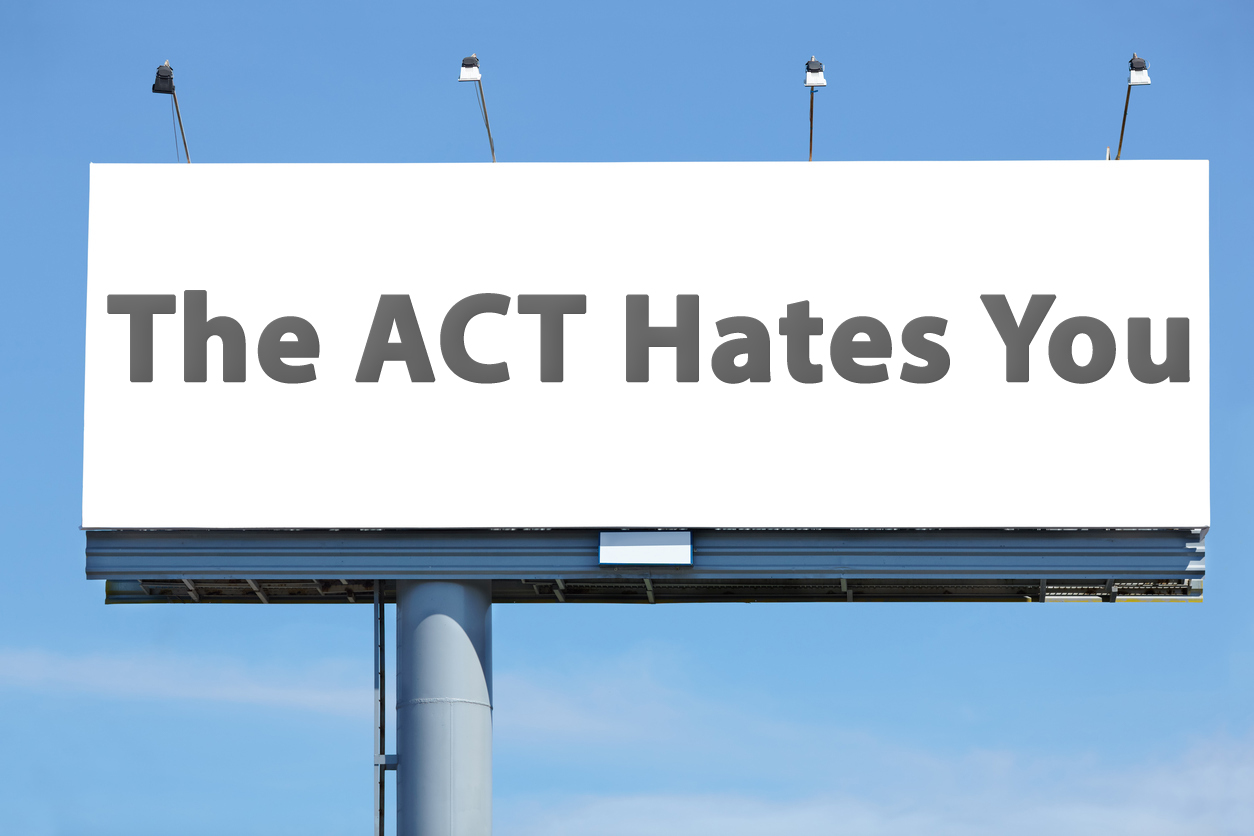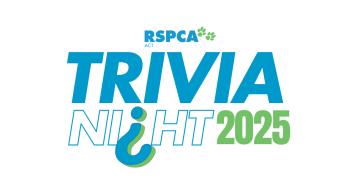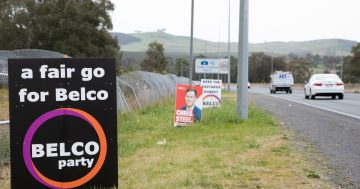
Canberra has had a ban on billboards since the 1930s, should we overturn that now?
There’s growing noise in the community surrounding a Parliamentary Inquiry which will review the restriction of billboard advertising in the ACT. Chief Minister Andrew Barr has flagged the need for the review in light of mobile traffic billboards and banners being draped from buildings that are stretching the current restrictions. However, this cynic is not alone in noting that the timing coincides with an opportunity for the Government to cash in on the skyline real estate opening along with our new light rail routes.
Submissions for the inquiry close COB 20 June and I think it’s a great opportunity to reflect on how we value our public space and consider who advertising really best serves.
It goes without saying that, for better or worse, Northbourne Avenue is our Champs Élysées. This key axis was inked by Marion’s own hand and typically only the fly-in-fly-out dorks of the Hill live their lives without intersecting with it.
Who wins when every new traveller to Canberra is directed to Subway™ and not Bite To Eat or Smith’s Alternative? Probably not our visitors, certainly not our society, and quite likely not our fragile reputation either.
The products and atmosphere of so many local businesses obliterate those of the big dog advertisers by the measure of anyone but the coldest of free market psychos – yet you can imagine the exponential difference in their daily takings.
The capacity to fill public space is sadly determined by profitability and scale rather than value or quality. To introduce billboards is to punish those businesses that invest profits into our vibrant community and deliver a free kick for those whose money chiefly goes to Sydney moorings or maintaining empty offices in Panama.
How we use our public space may seem an abstract triviality, but the skewed flow of information can have an enormous impact on our lives.
The deleterious effect of advertising upon our psychological wellbeing is also widely studied, with the American Psyhchological Association having called for strict regulation of ads targeting children in particular for decades. A taskforce from that same organisation linked depression, eating disorders, anxiety, and low self-esteem to the sexualisation of girls in advertising. The rate of these symptoms across the general population are the face of a costly social crisis, with a nexus of causes that are admittedly extremely difficult to address.
I’m not pretending that protecting a few square metres on Limestone will safeguard all of our mental health. But knowing with full certainty that exposure to advertising is a factor in such severe harm, do we then willingly sell these problems more terrain in our society for mere thousands of dollars?
We are increasingly wary of gambling ads during sports matches and outright uncomfortable with junk food ads that target children. The national ban on cigarette advertising is a well-accepted reality. We tacitly share the understanding that advertising’s social cost isn’t always worth the trade.
To this absurdist, going out of our way to give up Canberra’s uniquely quiet skyline seems beyond absurd.
Regrettably, I am a good-for-nothing smartarse, and if the ban is relaxed, I’ll be tempted to pass around a hat to buy a billboard saying ‘The ACT Hates You’ – just to subtly sledgehammer the point home.
Public space that is sold off is almost never reclaimed. If we are to fundamentally change the aesthetic of our fair town, we must be certain that it actually is to the benefit of all.
If you have a position on the matter (even if you’re the type of raging weirdo who disagrees with me), I recommend you make a contribution to the Inquiry into Billboards before COB Tuesday 20 June and join in the discussion below. Even just a sentence or two will be lodged with the Committee and adds your voice to the matter.





















